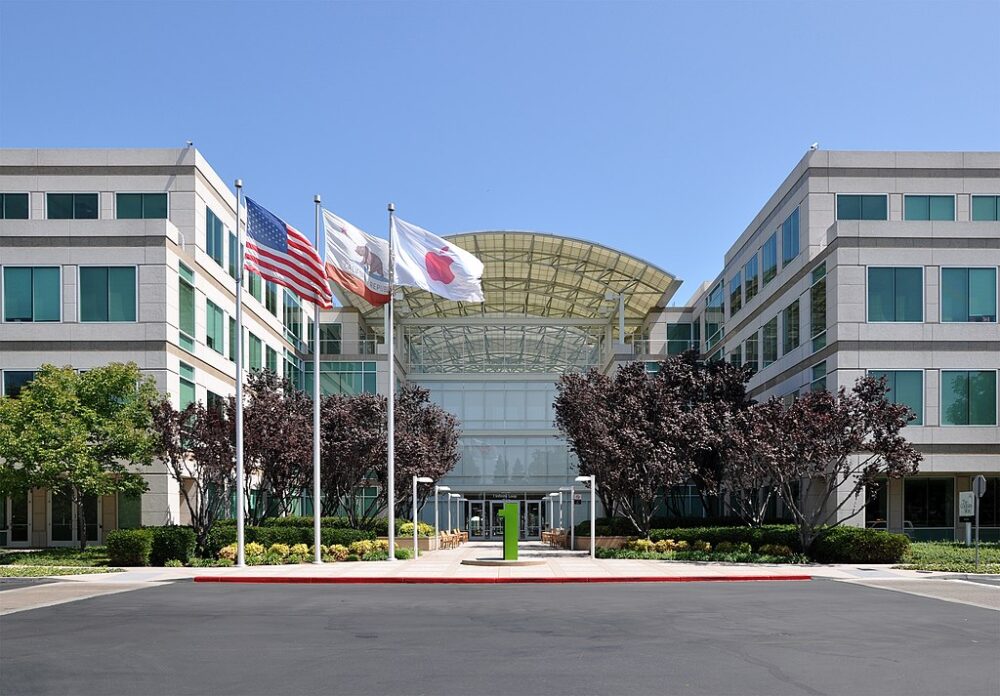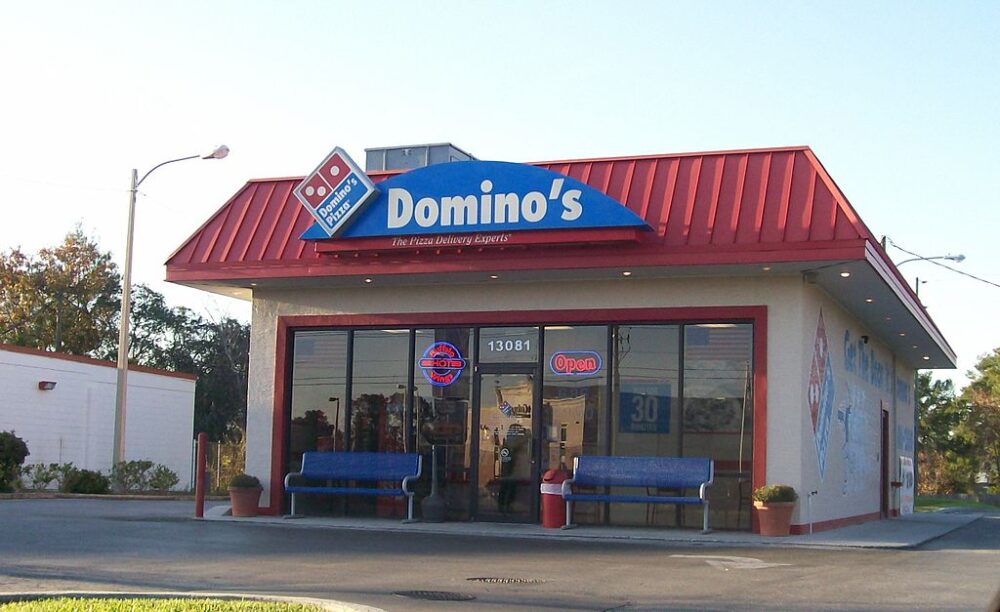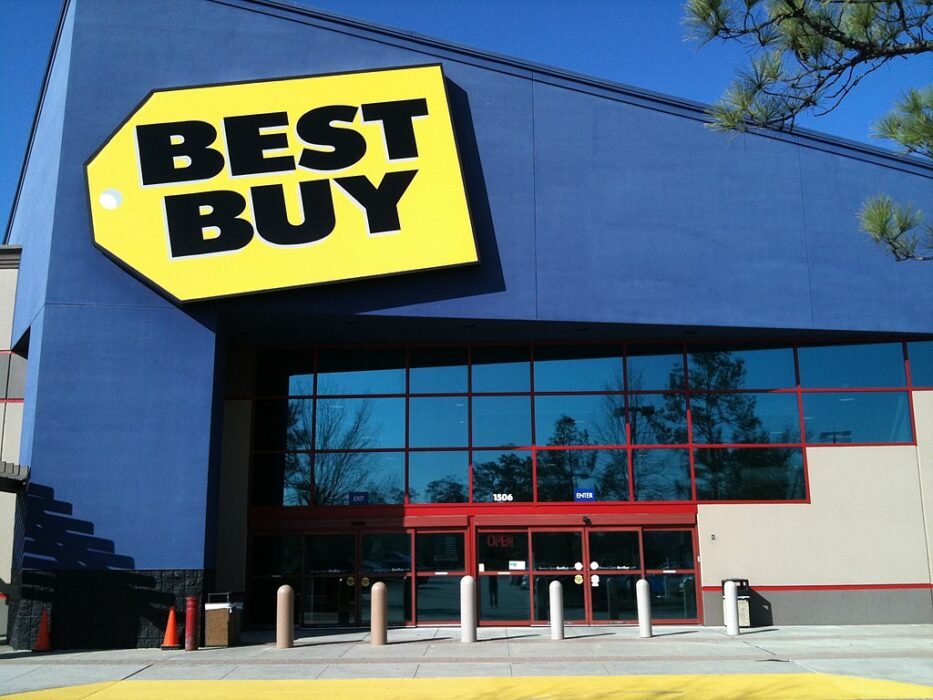Learn the timeless strategies and pivotal decisions that allowed iconic brands to pull back from the brink of failure and achieve new heights of success.

Some of the most successful and beloved brands in American history have a surprising chapter in their stories: a moment when they faced near-total collapse. Whether due to crushing debt, changing consumer tastes, or fierce new competition, these companies were on the verge of disappearing entirely. Their stories of survival and resurgence are more than just corporate history; they are powerful lessons in resilience, adaptation, and the importance of a clear vision. Understanding how these giants stumbled and then recovered reveals timeless principles of business that apply to any industry.
1. Apple refocused on design and innovation.

By the late 1990s, Apple was a company on the verge of bankruptcy. It had a confusing product line and had lost the creative spark that once defined it. The comeback began with the return of co-founder Steve Jobs, who immediately streamlined operations and refocused the company on a simple, powerful mission: creating beautifully designed products that were easy to use. This led to a string of revolutionary hits, including the iMac, iPod, iPhone, and iPad, which transformed the entire consumer electronics industry and made Apple one of the most valuable companies in the world.
This turnaround shows that a deep commitment to the core user experience and a relentless focus on a few key products can be more powerful than trying to be everything to everyone. For consumers, it’s a reminder that brand loyalty can be rewarded when a company rediscovers its original vision. A practical tip is to evaluate brands not just on their current products, but on the clarity and consistency of their long-term vision.
2. Marvel Entertainment pivoted from bankruptcy to a cinematic universe.

In the 1990s, Marvel Comics filed for bankruptcy, crushed by debt and a collapsing comic book market. To survive, the company began licensing its most famous characters, like Spider-Man and the X-Men, to movie studios. After regaining its financial footing, Marvel took a massive gamble: it decided to produce its own movies, starting with “Iron Man.” It created an interconnected series of films, the Marvel Cinematic Universe, a strategy that had never been tried on such a large scale. The result was an unprecedented run of blockbuster success that led to its acquisition by Disney.
Marvel’s story demonstrates the power of intellectual property and the importance of taking creative control of your own assets. It shows that a brand’s true value can often be unlocked by presenting it in a new and innovative medium. A rule of thumb is to recognize that a beloved brand in one area can often find new life by expanding into another.
3. Domino’s Pizza admitted its product was failing.

In the late 2000s, Domino’s faced an existential crisis: its customers widely believed its pizza tasted terrible. Instead of ignoring the criticism, the company launched a shocking and transparent marketing campaign. Titled the “Pizza Turnaround,” the campaign featured Domino’s own executives admitting the product’s flaws and promising to create a completely new recipe from scratch. This act of brutal honesty, combined with a heavy investment in online ordering technology, resonated with consumers and led to a massive and sustained increase in sales and stock price.
This comeback highlights the power of humility and listening to customer feedback. Admitting a mistake can build more trust than pretending one was never made. As a consumer, a practical tip is to reward companies that demonstrate transparency and a genuine commitment to improving their products based on what customers are saying.
4. Netflix cannibilized its own business to embrace streaming.

Netflix began as a wildly successful DVD-by-mail rental service. However, its leadership saw that the future was in internet streaming and made the painful decision to build a new business that would eventually make its own DVD service obsolete. The transition was rocky, including a famously botched attempt to split the two businesses, but the company’s relentless focus on building a world-class streaming platform and investing in original content ultimately paid off, making it a global entertainment giant.
This story is a classic example of the “innovator’s dilemma,” where a company must be willing to disrupt its own successful business to avoid being made irrelevant by new technology. It shows that long-term survival requires a focus on where the industry is going, not where it is now. A practical takeaway is to favor companies that show a willingness to invest in the future, even at a short-term cost.
5. Best Buy fought back against the internet.

A decade ago, Best Buy was widely expected to fail. It was suffering from “showrooming,” where customers would browse products in its stores and then buy them for a lower price on Amazon. To fight back, the company implemented a bold turnaround plan. It invested heavily in its online store, instituted a price-matching policy to compete directly with online retailers, and transformed its stores into showcases for new technology. It also focused on its Geek Squad service, turning its employees into a key advantage.
Best Buy’s survival shows how a traditional brick-and-mortar retailer can successfully compete in the age of e-commerce. It did so by leveraging its physical stores as an asset, not a liability, and by focusing on services that online retailers cannot easily replicate. A rule of thumb is to consider how a company uses all its assets, both physical and digital, to serve the customer.
6. Starbucks refocused on the core coffee experience.

By the mid-2000s, Starbucks had expanded too quickly and had lost some of the unique “coffeehouse” atmosphere that had made it famous. After returning as CEO, Howard Schultz implemented a dramatic turnaround plan. He temporarily closed thousands of stores for a day to retrain employees on how to make the perfect espresso. He also refocused the company on the quality of its coffee and the customer experience, cutting back on merchandise and other distractions that had diluted the brand.
This comeback is a powerful lesson in the importance of staying true to your core brand identity. Sometimes, the path to growth is not through endless expansion, but by returning to the original principles that made the company successful in the first place. For consumers, a key takeaway is to notice when a brand starts to feel diluted and to reward the ones that maintain a focus on quality.
7. Delta Air Lines redefined customer service after bankruptcy.

The years following 9/11 were brutal for the airline industry, and Delta was forced to file for bankruptcy in 2005. To survive and thrive, the airline embarked on a massive restructuring. It merged with Northwest Airlines to create a more efficient global network and made a huge investment in improving the customer experience, something the airline industry was not known for. It focused on operational reliability, friendlier service, and better in-flight amenities. This focus on service helped it become one of the world’s most profitable airlines.
Delta’s story shows that in a commoditized industry, customer service and operational excellence can be powerful competitive advantages. It proved that customers are willing to reward an airline that consistently gets them to their destination on time and treats them with respect. A practical tip is to consider a company’s reputation for service, not just its price.
8. General Motors shed its past to build a leaner future.

The 2009 financial crisis pushed the iconic American automaker General Motors into a massive bankruptcy. The U.S. government stepped in with a bailout, and the company underwent a painful but necessary restructuring. It shed several of its weaker brands, like Pontiac and Saturn, to focus its resources on its four core brands: Chevrolet, GMC, Buick, and Cadillac. This allowed the company to build better, more competitive vehicles and return to profitability.
The GM turnaround is a case study in the strategic importance of focus. By eliminating its underperforming brands, the company was able to invest more effectively in the products that truly mattered. It’s a reminder that being bigger is not always better; sometimes, being smaller and more focused is the key to success. For investors, a key takeaway is to look for companies that are willing to prune their businesses to focus on their strengths.
9. Lego returned to its core product and embraced its fans.

In the early 2000s, the beloved toy company Lego was on the brink of collapse. It had over-diversified into theme parks, clothing, and video games, losing sight of the simple plastic brick that had made it famous. The turnaround began when the company made a strategic decision to get back to basics. It simplified its product line, focused on its core building sets, and began listening more closely to its passionate adult fan community. It also made savvy licensing deals for popular franchises like Star Wars.
Lego’s comeback shows the importance of understanding and respecting your core product and your most loyal customers. By returning to what made it great, Lego was able to reconnect with its audience and build a more sustainable and profitable business. A rule of thumb is that the most successful brand extensions are those that remain authentic to the original product.
10. Converse was saved by a competitor.

By the early 2000s, the classic American shoe brand Converse was bankrupt. The iconic Chuck Taylor All-Star, once a dominant basketball shoe, had faded from relevance. The company was saved when it was acquired by its former rival, Nike. Instead of absorbing the brand, Nike used its marketing and distribution power to reposition Converse not as an athletic shoe, but as a timeless fashion staple. It celebrated the shoe’s retro appeal and cultural significance, turning it into a global fashion icon.
This turnaround shows how a legacy brand can be successfully reinvented for a new generation by focusing on its cultural meaning rather than its original function. It’s a lesson in the power of marketing and brand positioning. A practical tip is to recognize that a product’s meaning and use can evolve over time, creating new opportunities.
11. IBM pivoted from a hardware giant to a service powerhouse.

In the early 1990s, IBM, a dominant force in the era of mainframe computers, was facing a near-death experience as the personal computer market took over. The company was losing billions of dollars. The turnaround was led by a new CEO, Lou Gerstner, who made the radical decision to shift IBM’s focus from selling hardware to providing IT services, consulting, and software. This massive pivot transformed the company’s entire business model and saved it from collapse.
IBM’s story is a powerful example of how a legacy company can reinvent itself in the face of massive technological disruption. It required a fundamental shift in corporate identity, from a product manufacturer to a service provider. The key takeaway is that even the largest companies must be willing to make profound changes to their business model to survive long-term shifts in technology.
